Review: Samsung Galaxy Note Edge for Sprint
Menus
The Note Edge is, first and foremost, a Galaxy Note smartphone from Samsung. That means it runs Android (KitKat, initially) with Samsung's most feature-rich user interface on top. The Edge offers the exact same tool set as the Note 4 when it comes to the operating system and user interface.
It simply has a few extra pixels set aside for other things. The side screen comes and goes as needed. In many apps, it's simply blank. When and where Samsung found use for it, it lights back up and offers some extra tools for interacting with the phone.
The lock screen includes a software shortcut to the camera, but you can add more if you want. It shows one or two clocks, the date and weather, select notifications, and of course a series of different locks (including your fingerprint if you wish.) The Edge Screen doesn't show any additional data on the lock screen.
The home screen panels are where the Edge Screen is most useful. It acts as a home for your app shortcuts that would normally be in a dock at the bottom, such as the phone, messaging app, browser, camera, and Play Store. These shortcuts remain on the right side of the home screens no matter what else you have on the home screen. Think of it as a different way to multitask.
There are 12 different Edge panels available out of the box, but only seven of them can be active at a time. You cycle through the different Edge panels by swiping back and forth. Since I'm reviewing the Sprint version, one of the panels has shortcuts to Sprint-preferred apps (Sprint Zone, Spotify, etc.). One of the panel offers notifications, such as missed calls, unread message count, and weather stats. The rest are all tied to specific apps, such as Milk Music, S Health, Twitter, Stocks, Sports, News, favorite contacts, and even games. You can have anywhere from one to seven of the Edge Screens active, as well as arrange them in any order you wish.
If you're not pleased with the selection of Edge Screens on the device, there are about a dozen more available for download from Samsung. They range in utility but are mostly associated with apps like CNN, S Note, S Planner, data usage, and browser bookmarks. There are even some fun ones, such Bended LOL, Tiny Burger, Tiny Word and so on. Samsung says more Edge Screens are on the way. Personally, I think Twitter, Facebook, and other social apps should be at the top of the list.
Each Edge Screen also slides up vertically to reach more content. The main Edge Screen offers more app shortcuts, for example and the Milk Musc Edge Screen offers media controls, and so on. The main settings tool for all the Edge Screens pop up when you pull up slightly.
One of the panels is called Information Stream. It shows updates from missed notifications from select feeds. It would be great if this applied to the phone or messages or email. Instead, it applies to Yahoo News, Yahoo Sports, and Yahoo Finance. I don't give a hoot about having a stock ticker traipsing up and down my phone's screen (though I'll allow that some people might. Further, the Info Stream can only remain active for a maximum of 10 minutes, which negates its usefulness entirely in my opinion.
Last, all the Edge Screens include a set of Quick Tools, which are a ruler, stop watch, timer, flashlight, and microphone for S Voice. These tools are available by swiping downward no matter which of the main Edge Screens you're using.
As for the rest of the menus, it's identical to the Note 4. There are multiple home screens live out of the box, with the leftmost reserved for Flipboard (set up sort of in the vein of HTC's Blinkfeed). The main app menu can be arranged in alphabetical order or by preference, but not in a list. You can hide apps easily, as well as use folders to reduce the amount of clutter.
The settings can be viewed in a single, long list, or in tabs. Settings are lumped together in the usual set of categories, such as Network, Sound & Display, Personalization, Motions, System, etc. The notification tray is as useful as ever. The icons and toggles are easy to read and discern from one another. I dislike how much junk has become part of Samsung's notification tray, though. Contrary to what you might think, the Edge Screen doesn't act as a substitute for the notification tray.
The Edge includes Samsung's Easy Mode, which is an optional, dramatically simplified user interface. It's meant for first-time smartphone owners and helps them get over the initial hump of using a touch screen device. Easy Mode, sadly, turns off the Edge Screen entirely.
The Edge also offers a one-handed mode, which shrinks the UI down by about 25% to one corner. The idea behind one-handed operation is to make elements such as the keyboard, dialpad, and other controls align with the side of the phone so you can reach everything with your thumb.
The Edge offers all of the Note 4's multitasking functions, such as multi-window mode, the improved fast-app switching tools, and the Pop-Up View apps (think LG's QSlide apps or Sony's Small Apps.)
Last, the Edge includes Sprint iD. Sprint iD, which has been around for several years, lets users download theme packs. The packs often include wallpapers, ringtones, and apps centered on a specific theme or idea. The service functions fine on the Edge, but I find the packs also include unwanted third-party apps that can clutter up the phone.
The Edge uses Qualcomm's Snapdragon 805 processor, which is the best currently available. There's no need to worry that the Note Edge doesn't perform. It has four cores clocked at 2.7GHz and functions perfectly.
Calls and Contacts
The phone app is highly customizable. You can set rejection behaviors, alerts, set up voicemail, and control the accessibility functions. You can turn on/off noise cancellation, too. Few other phones offer as many options here.
The Edge includes Wi-Fi calling from Sprint. Once enabled, Wi-Fi calling is added to the main phone app itself. The app makes it clear when you're passing a phone call over the cellular network or over your local Wi-Fi network. Call quality over Wi-Fi was on par with calls I made via Sprint's cellular network.
The contacts app behaves more or less like the stock Android contacts app. Favorites are accessible from a tab at the top of the phone app, as is the entire contact database. Each individual contact card can hold tons of details about each person.
The Edge Screen goes dark when using the phone and contact apps as it doesn't do anything unique when there's an incoming call. You can always activate the Edge Screen, however, by swiping from the right edge of the phone inward. You might want to think about this feature as a form of multitasking that's specific to the Note Edge. Certainly that's how some will put it to use.
Messaging
The standard Android communications apps are all present and accounted for on the Note Edge, which means Gmail, email, Hangouts, and messaging. You can select either the messaging or Hangouts apps to handle SMS duties. Interestingly, Facebook and Twitter are absent, but Facebook's Messenger app is pre-installed. If you use the new Gmail app, you can ignore the email app entirely, as Gmail handles multiple different email services in a single app.
The Edge Screen goes dark when using any of these messaging apps/services. It does this to let you know the Edge Screen offers no special functionality for these particular apps. However, you can wake the Edge Screen up by swiping from the right edge of the phone toward the center. Once turned back on, you have access to the core Edge Screen services.
The Edge includes the Sprint Family Wall app. This app acts as a messaging board for subscribers to Sprint's Family plans. People who share an account can leave notes for all members of the group or for individuals. It can also hook into the calendar for sharing events.
Sprint also included Messaging+, a third-party messaging app that can handle SMS/MMS, as well as Facebook messages and Twitter DMs. It's a little clunky, but may consolidate most your messaging into a single app.
S Pen
One of the Note series' defining features is the S Pen stylus. Samsung overhauled it for the Note 3 in 2013 and only refreshed it slightly for the Note 4 this year. The stylus functions on the Note Edge just as it does on the Note 4; the Edge Screen doesn't do anything interesting or special with respect to the S Pen.
To use the S Pen, hover the tip over the screen and press the button on the S Pen. The Air Command interface pops up under the stylus, with options for Action Memo, Smart Select, Image Clip, and Screen Write. You can use Action Memo to write notes or whatever content you're in the mood to create. With Smart Select, you draw a square or rectangle around some content you want to capture, such as a web page. The tool will then grab the text, images, hyperlinks, and the actual web address of the web page you select. Image Clip is similar to smart select, but there are some key differences. For example, you can draw any shape you want, be it a box, circle, star, or trapezoid. Rather than pick up text and hyperlinks, however, image clip is only capturing an image of whatever is inside the shape you draw. With Screen Write, the Note Edge automatically takes a screenshot and then opens the S Note function again. You can use various pen styles and colors to mark up the screen shot, as well as crop, erase, undo/redo, and then share your annotation with whomever via whatever method you like.


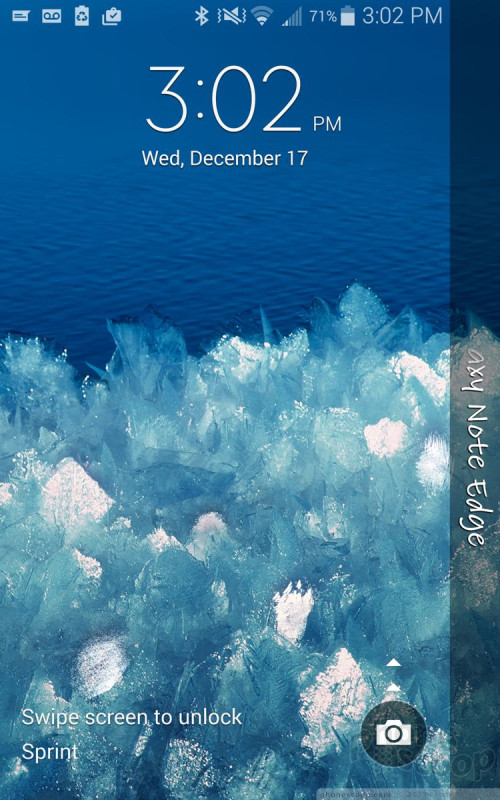




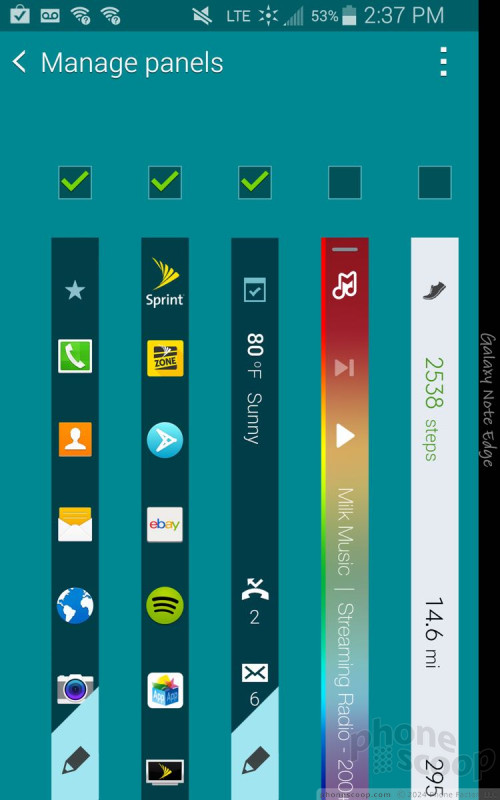


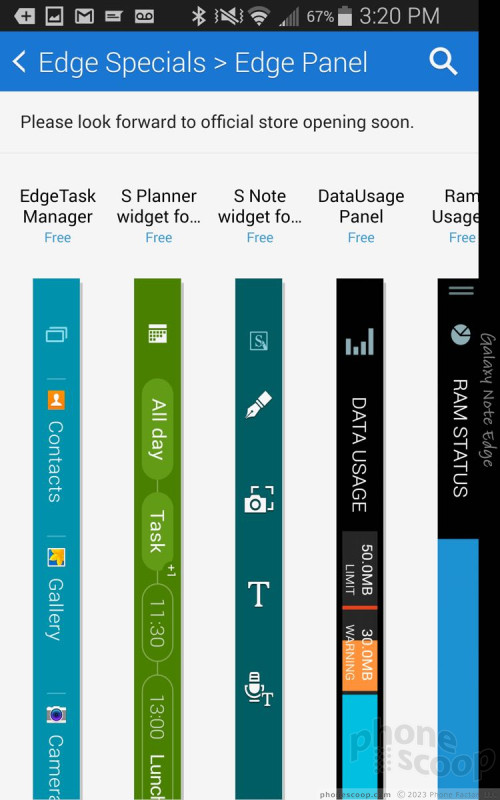



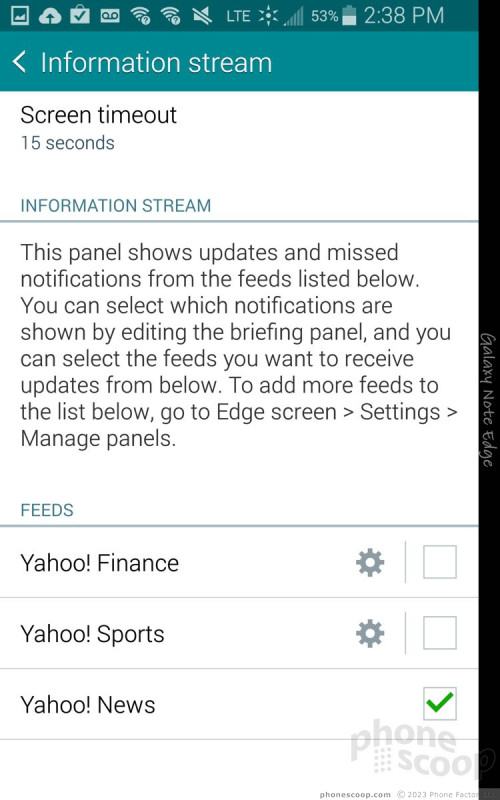



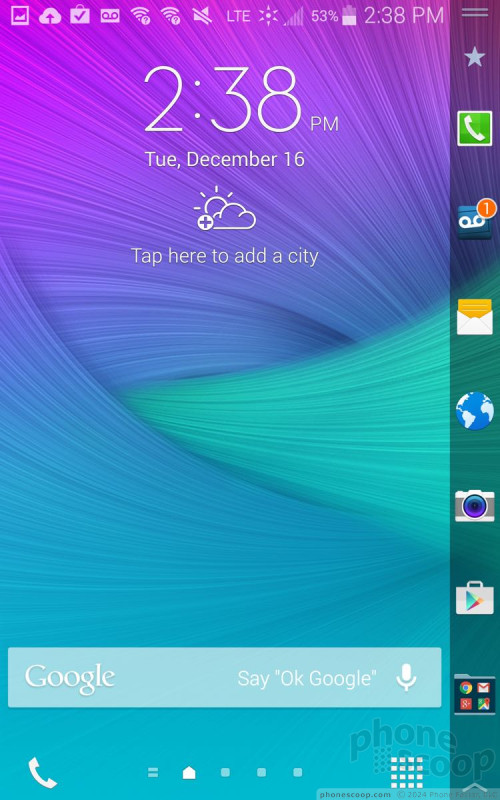






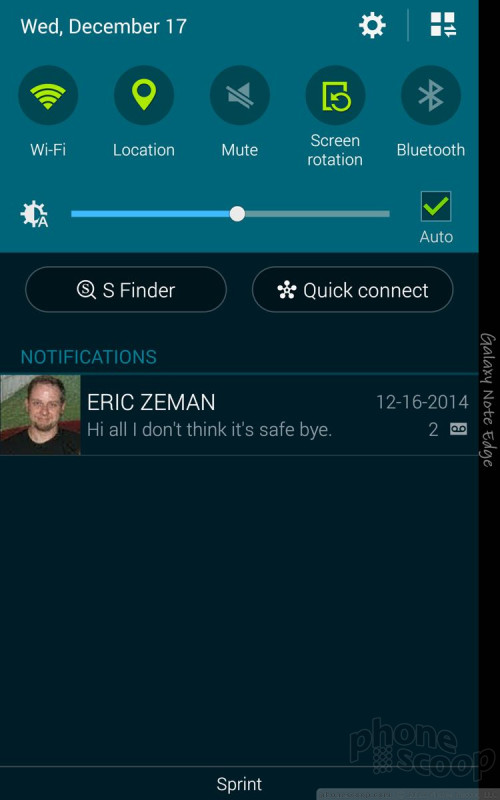




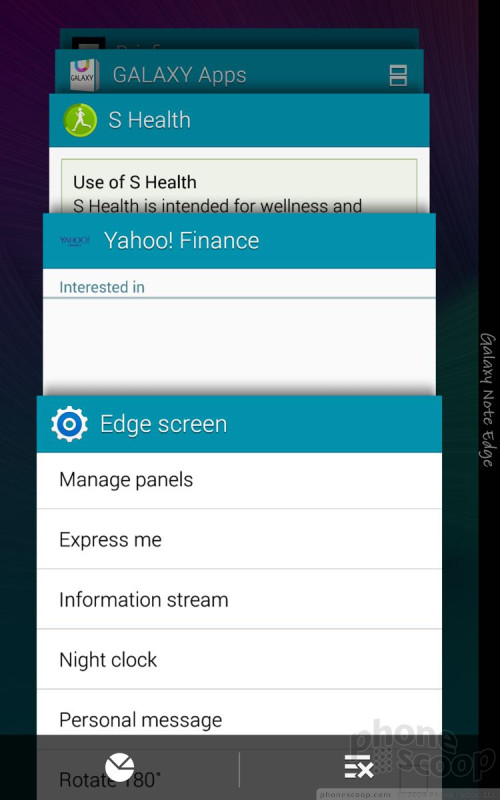






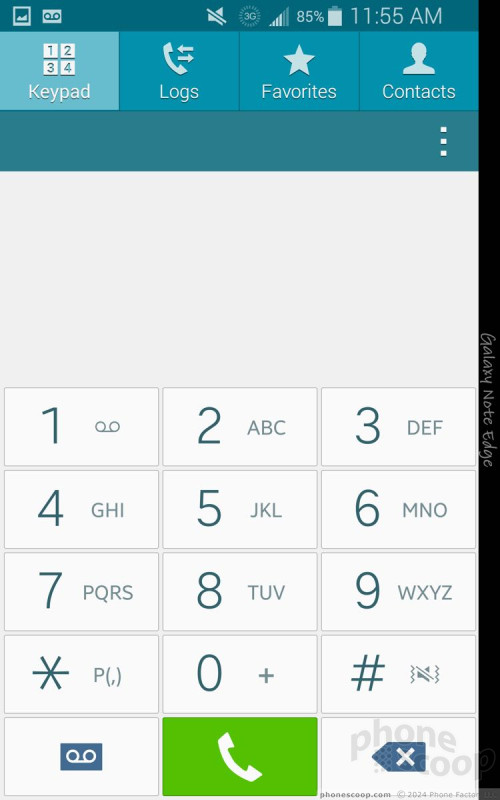


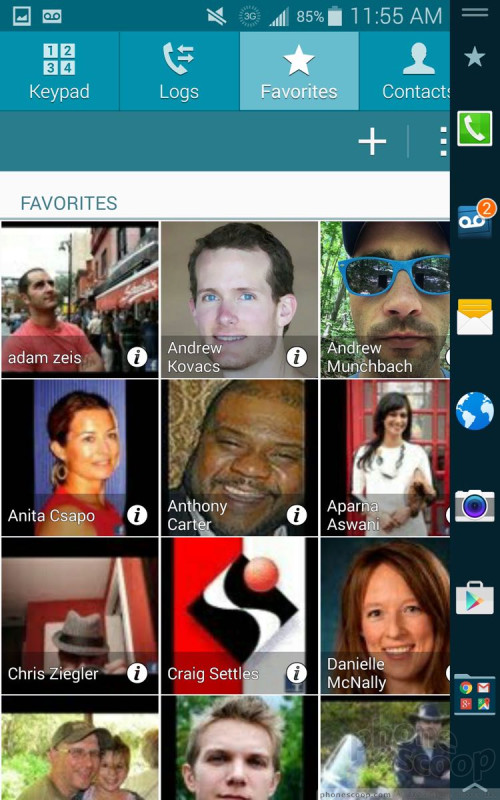




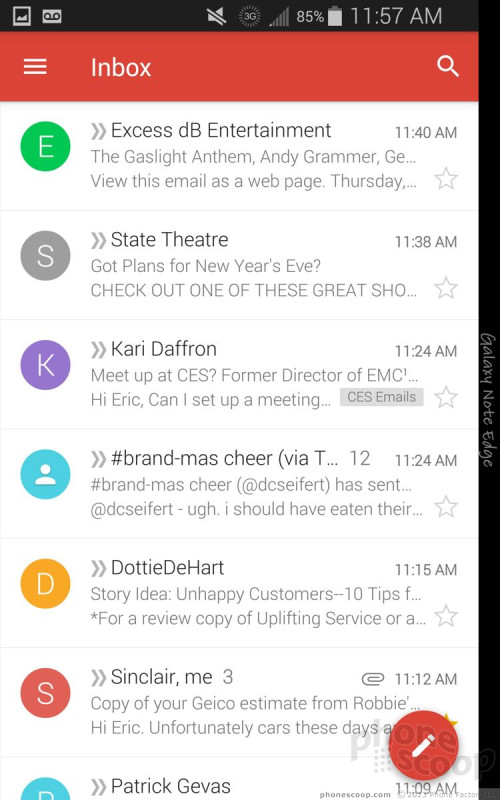




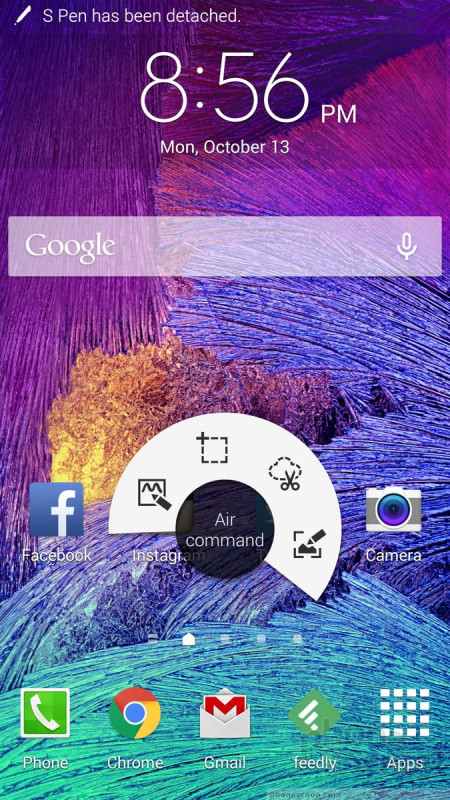





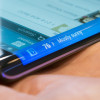 Hands On with Samsung's Galaxy Note Edge
Hands On with Samsung's Galaxy Note Edge
 Samsung Releases Milk Video
Samsung Releases Milk Video
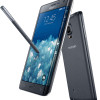 US Carriers Agree to Sell Samsung Galaxy Note Edge
US Carriers Agree to Sell Samsung Galaxy Note Edge
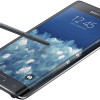 Galaxy Note Edge Brings New Meaning to Curved Display
Galaxy Note Edge Brings New Meaning to Curved Display
 Samsung Galaxy Note Edge (CDMA)
Samsung Galaxy Note Edge (CDMA)




